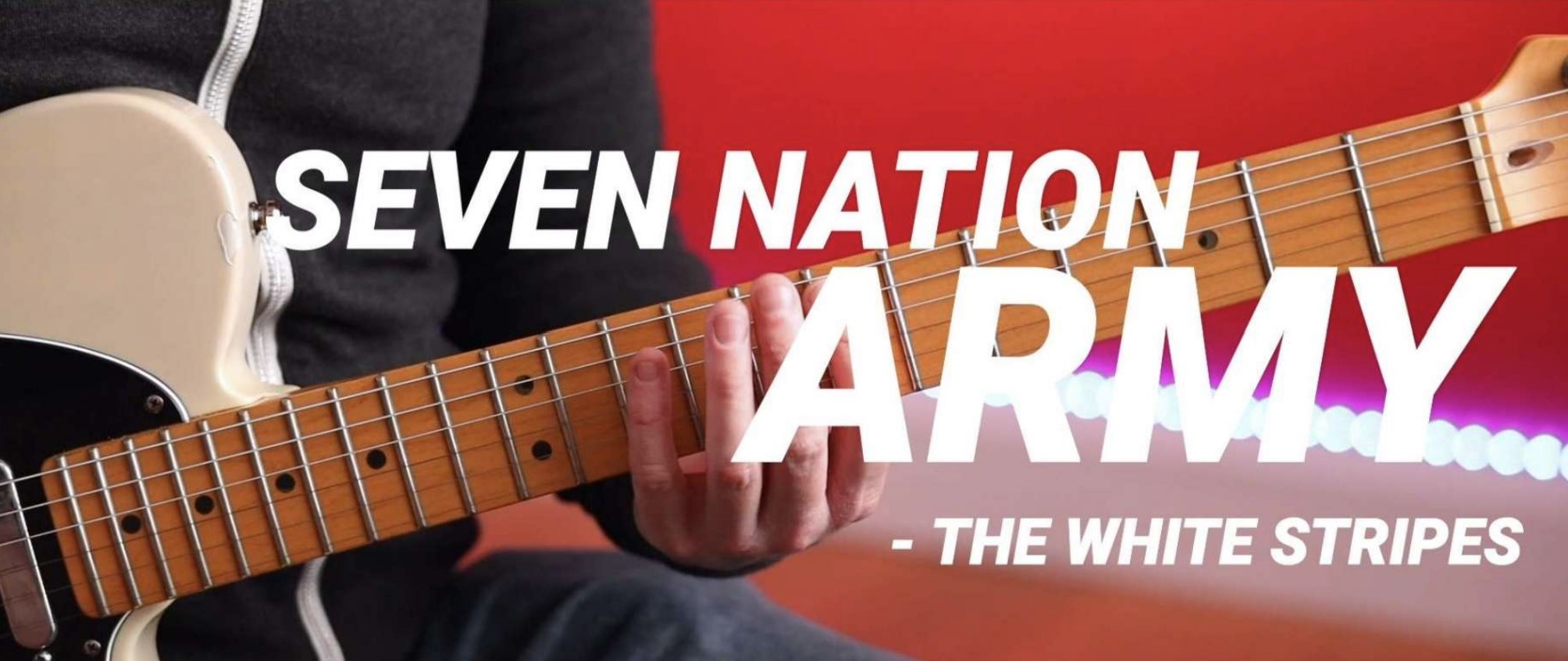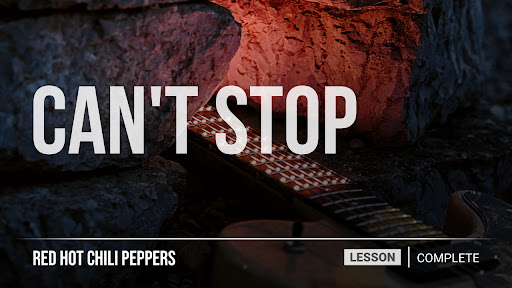Famous songs that are actually covers
Sometimes an artist covers an already existing song and creates a version so iconic that it eclipses the original – think Whitney Houston’s version of Dolly Parton’s “I Will Always Love You” or Aretha Franklin’s version of “Respect” (originally by Otis Redding).
Here are some songs you might not realize are covers:
“Hurt” – Johnny Cash (originally Nine Inch Nails)
Typically you see newer artists covering songs from artists of a slightly older generation. Johnny Cash flipped that convention on its head in 2002 when he covered “Hurt” by Nine Inch Nails (originally released in 1995) to much critical acclaim. Trent Reznor, who wrote the song, praised the cover to Alternative Press in 2004, saying “that song isn’t mine anymore”
“Feelin’ Alright” – Joe Cocker (originally Traffic)
“Feelin’ Alright: was a huge hit for Joe Cocker – charting in the U.S. and Canada on its release in 1969 and again during its re-release in 1972. The song was actually written and released by English band Traffic for their eponymous 1968 album and was released as a single but failed to chart in the U.S. or the U.K.
“The Man Who Sold the World” – Nirvana (originally David Bowie)
What did David Bowie think of Nirvana’s cover of his 1970 song?
“I was simply blown away when I found that Kurt Cobain liked my work, and have always wanted to talk to him about his reasons for covering ‘The Man Who Sold the World'” and that “it was a good straight forward rendition and sounded somehow very honest,” Bowie said. “It would have been nice to have worked with him, but just talking with him would have been real cool.”
“Black Magic Woman” – Santana (originally Fleetwood Mac)
“Black Magic Woman” is one of Santana’s biggest hits, but it started out as a song for another huge band. The song originally appeared as a single for Fleetwood Mac in 1968 – founding band member Peter Green wrote it, inspired by his former girlfriend Sandra Elsdon, whom he nicknamed “Magic Mamma”. For Santana, the song charted at number four in the U.S. and Canada, making it the better-known version.
“All Along the Watchtower” – Jimi Hendrix (originally Bob Dylan)
“All Along the Watchtower” is actually a Bob Dylan song, but Hendrix’s 1968 version is so iconic that it influenced the way Dylan performs his own song, to the extent that they’ve been called “covers of a cover”.
“Girls Just Wanna Have Fun” Cyndi Lauper (originally Robert Hazard)
“Girls Just Wanna Have Fun” is synonymous with 1980s chanteuse Cyndi Lauper, but the playful song was originally written and recorded by musician Robert Hazard, who had a completely different interpretation of the song.
“I Love Rock and Roll” – Joan Jett (originally Arrows)
Joan Jett & The Blackhearts popularized “I Love Rock & Roll” – the song is the group’s highest-charting hit. It was originally written and recorded by British rock band Arrows, as a response to the Rolling Stone’s “It’s Only Rock and Roll (But I Like It). Jett saw the band performing their song on their weekly UK TV series while she was in England touring with The Runaways.
“Me and Bobby McGee” – Janis Joplin (originally Roger Miller)


























































